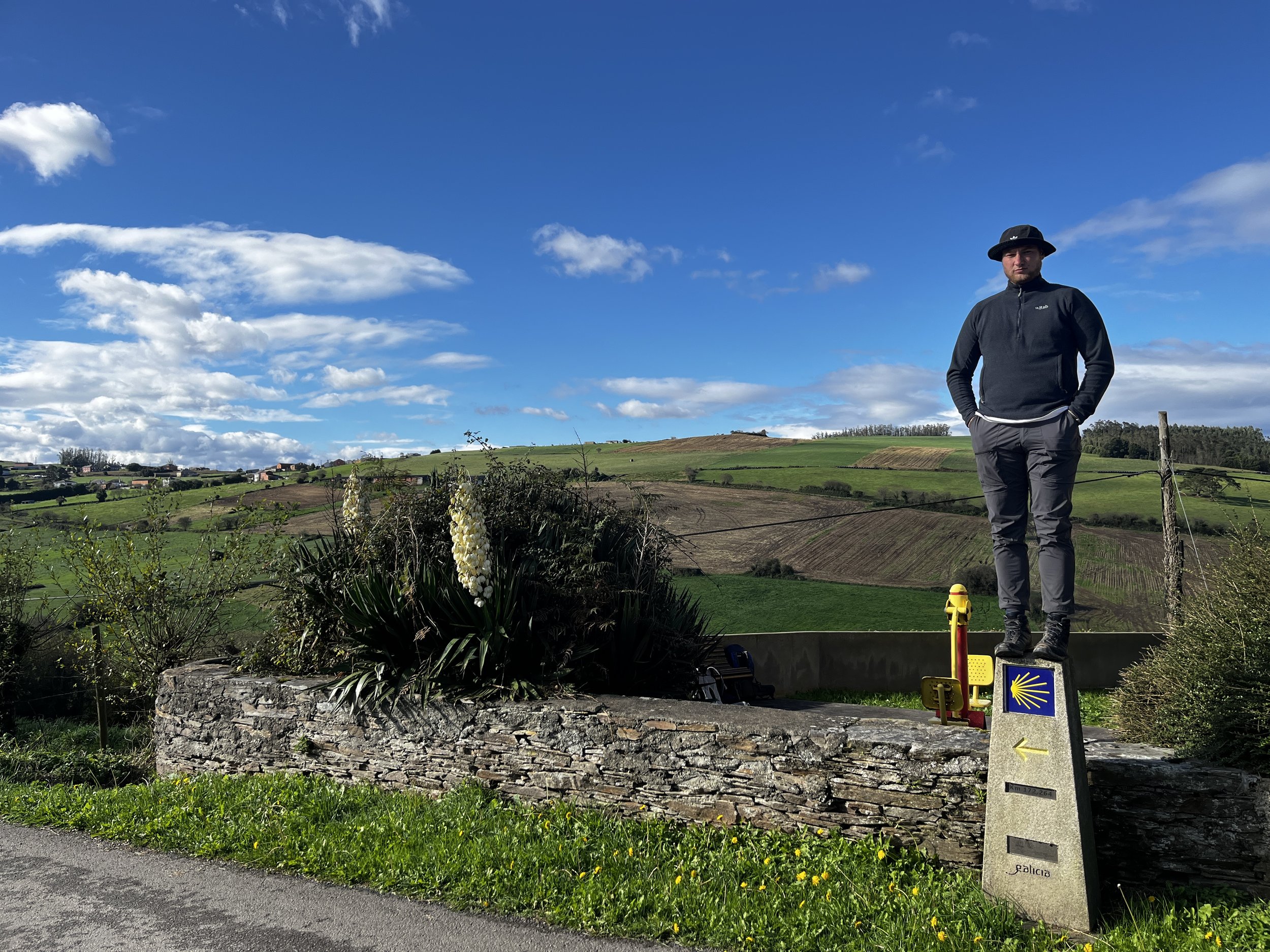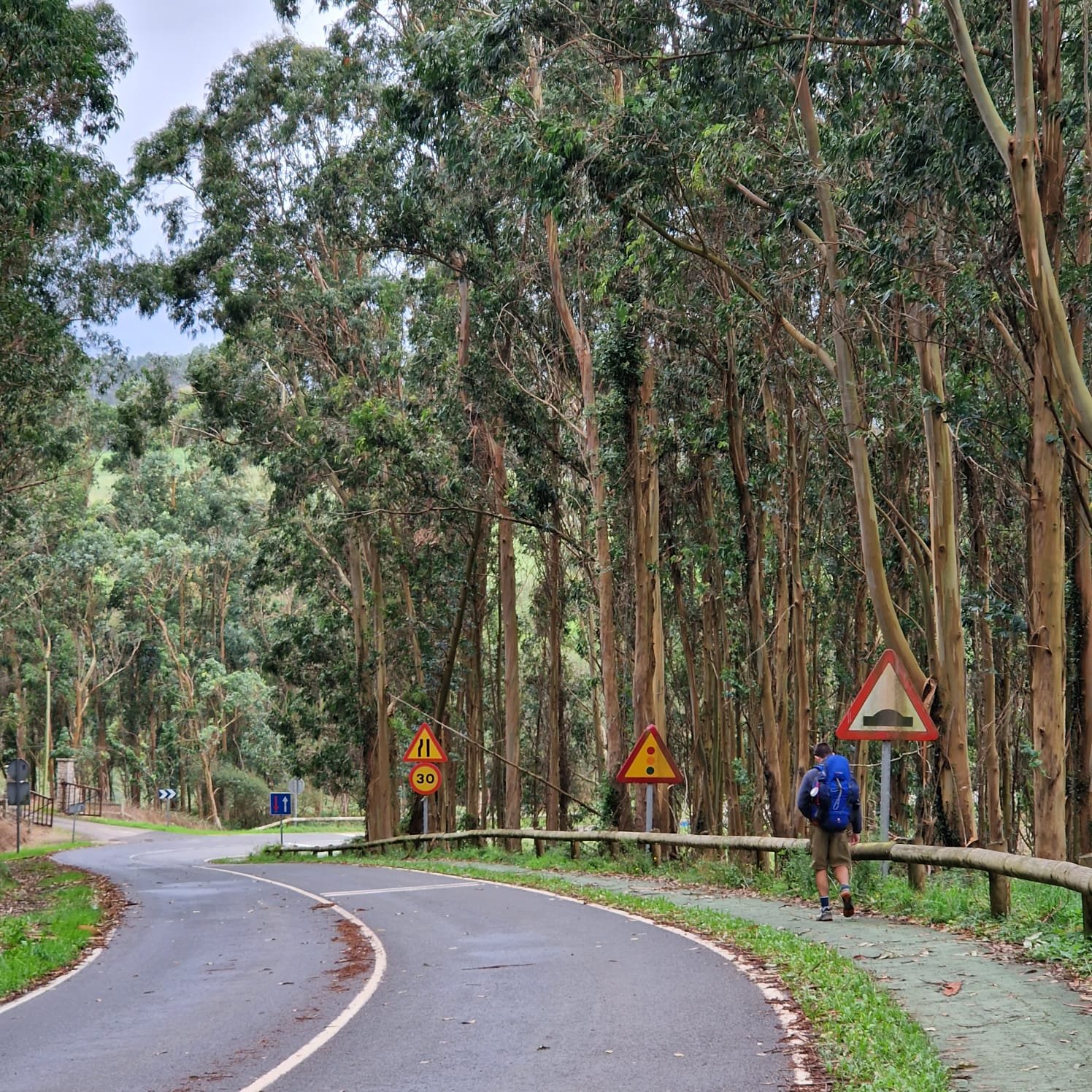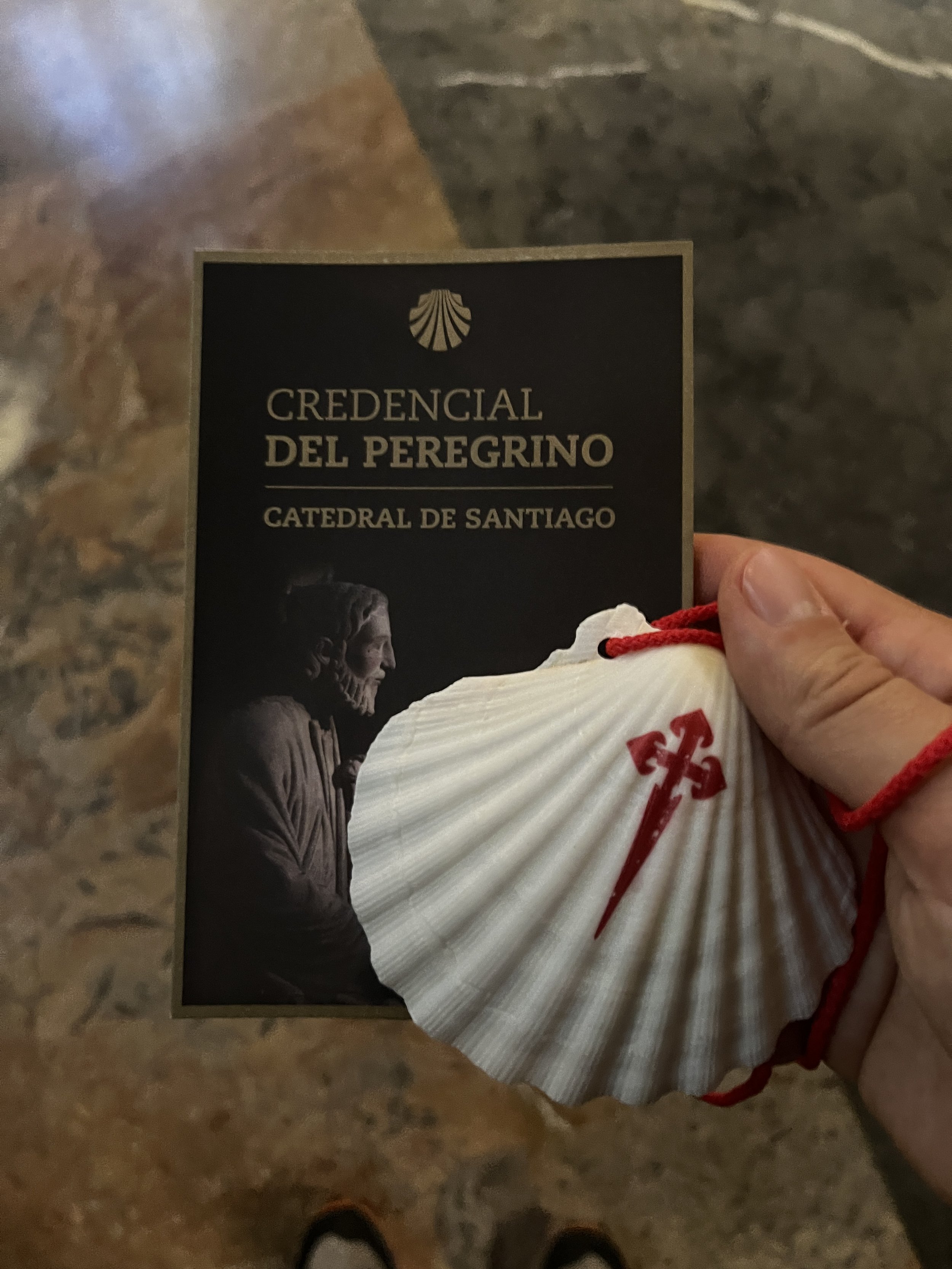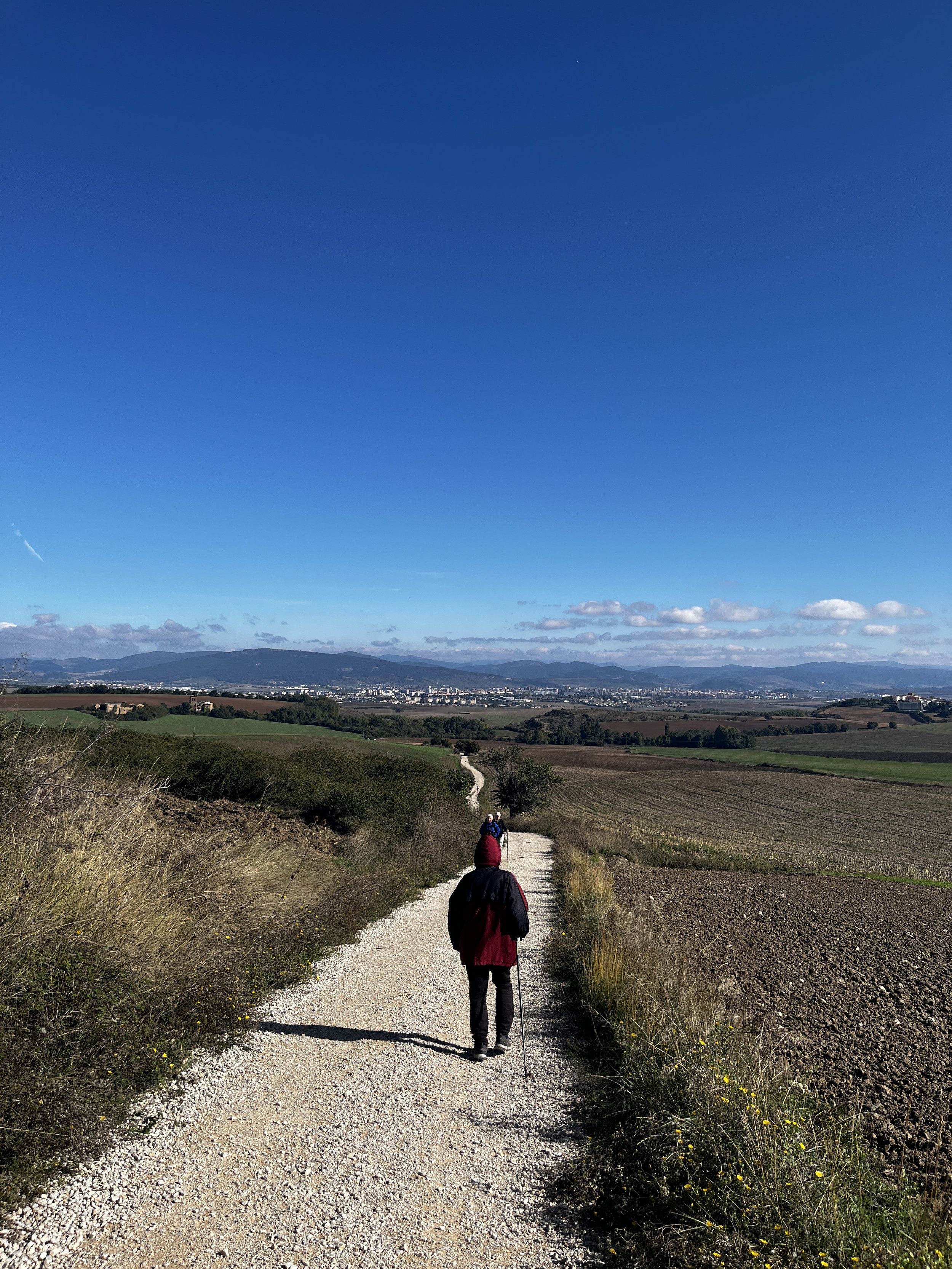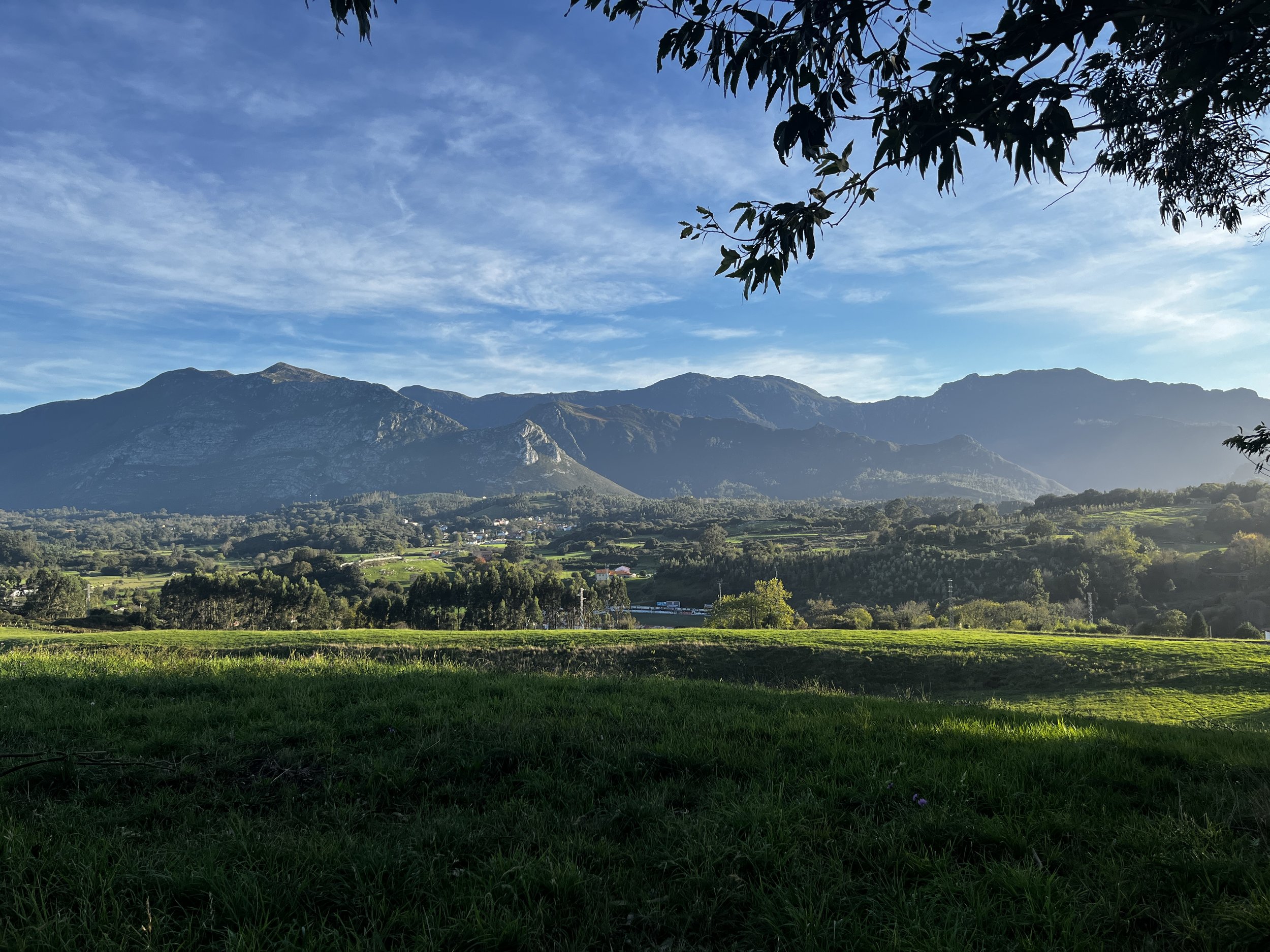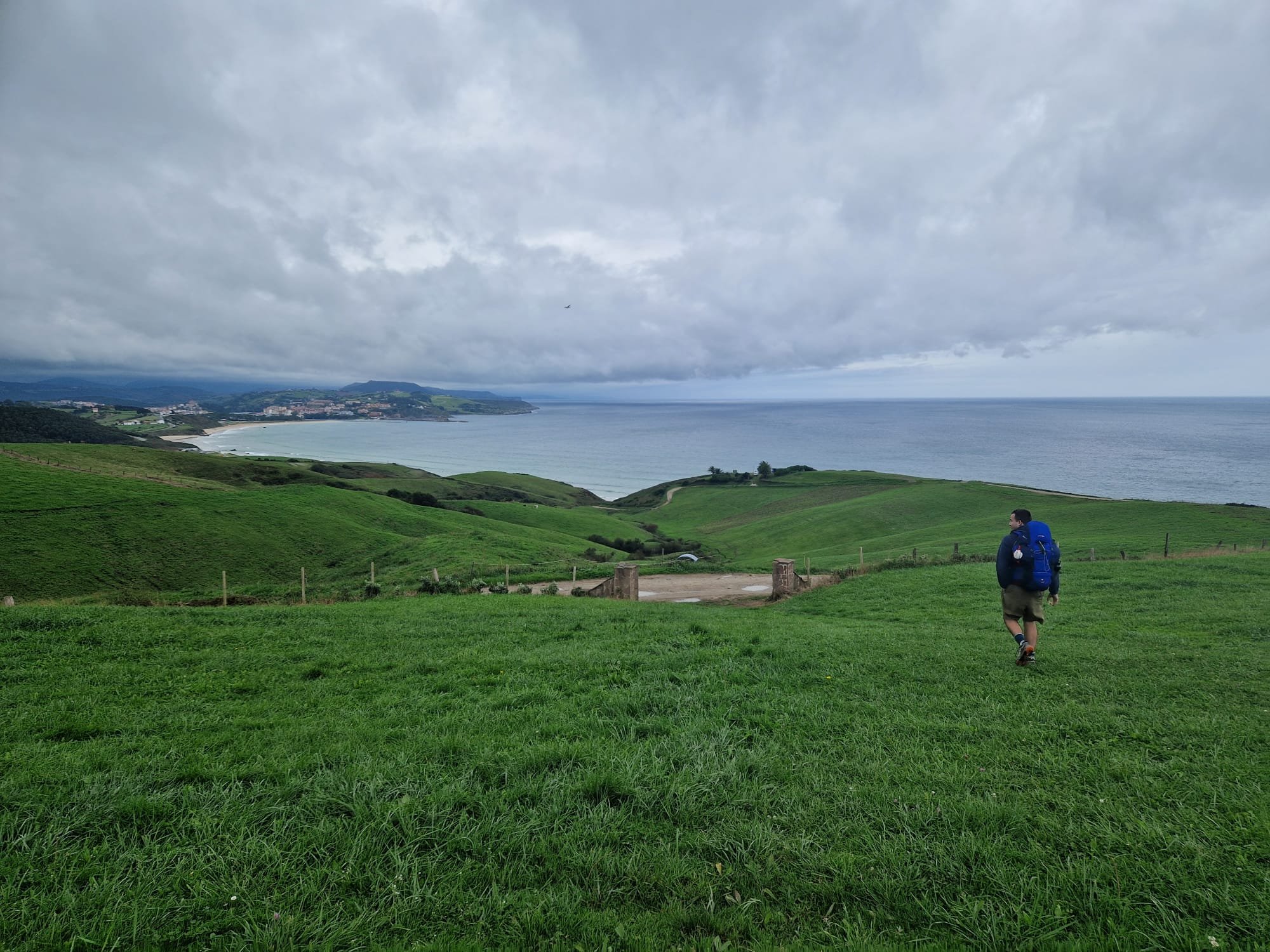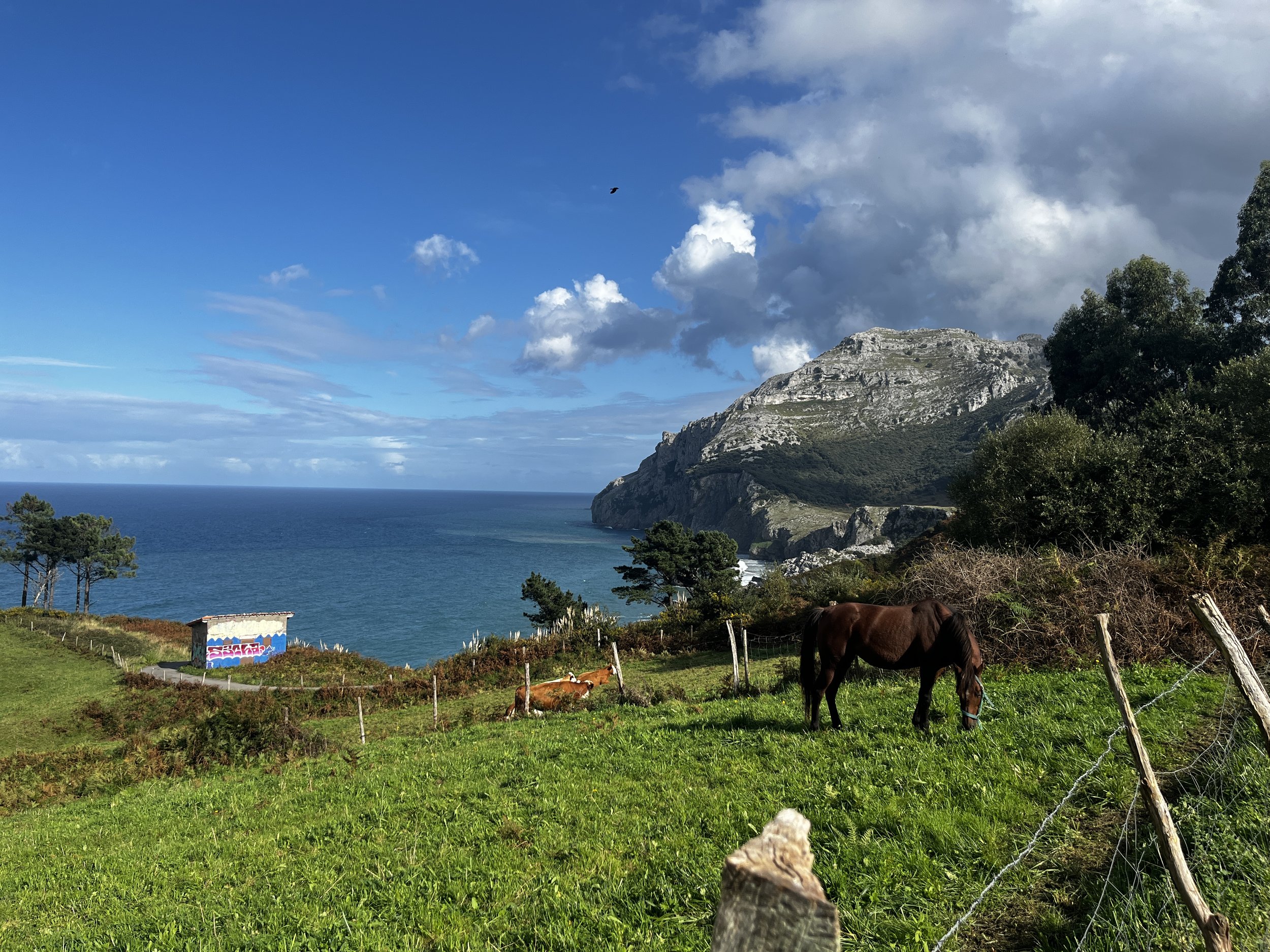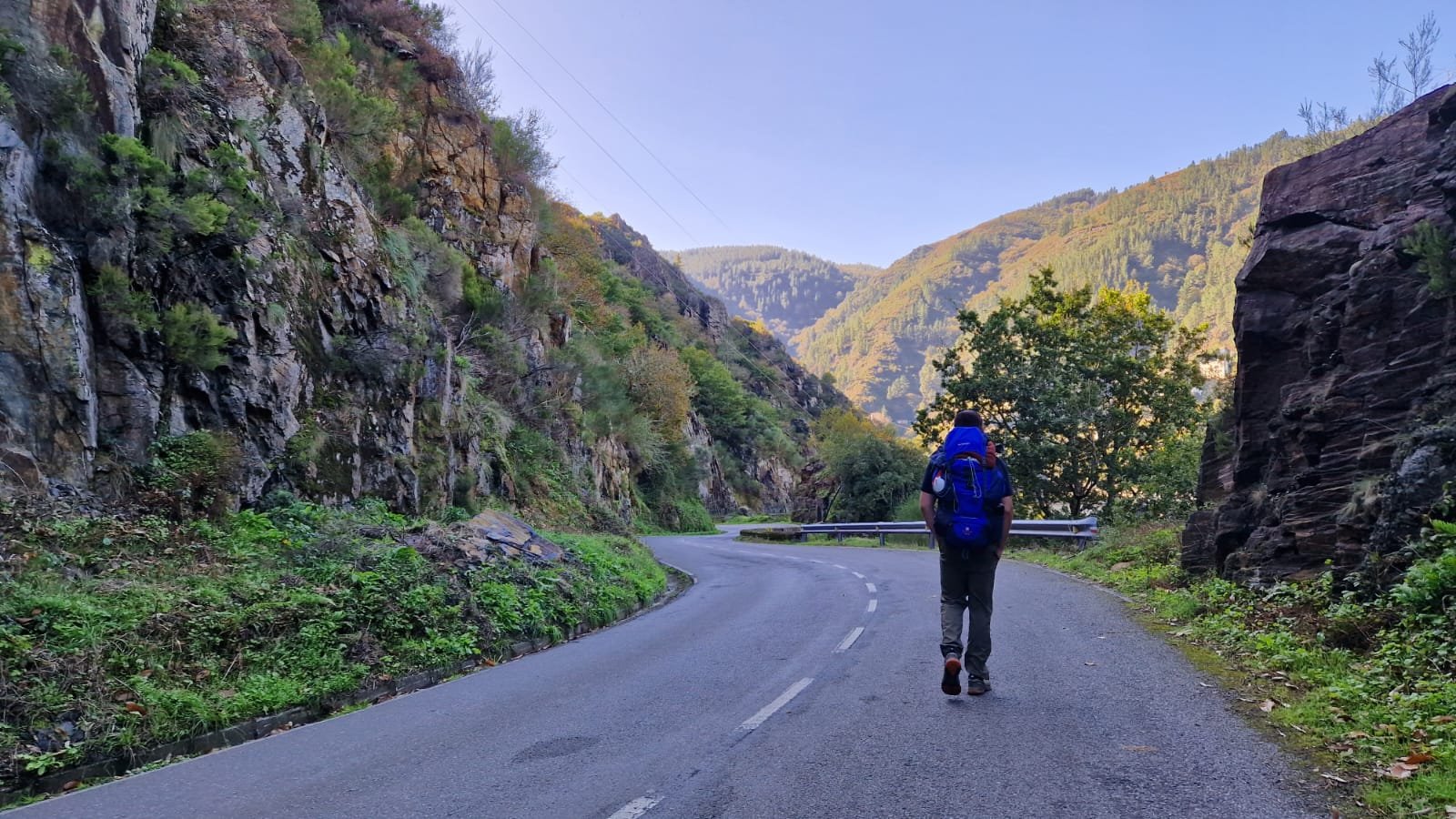
The Camino de Santiago
From September to November 2024, I walked the Camino de Santiago. Referred to as a ‘trail rat’, I covered 1,078km on three separate Camino routes across two months. There are several different Camino routes available and I walked parts of the Camino Frances, del Norte and Primitivo. Here is my guide!
Note: This is not be a day-to-day route guide, it’s not the best way to walk the Camino. For me, the Camino is about enjoying the outdoors, Spanish culture and random things that happen along the way.
What is the Camino? A brief history
The Camino de Santiago is a celebration of the end of Arab rule in Spain. Between 711A.D and 1492 A.D, Arab people known as the Moors controlled a large part of Spain it shows in some architecture in the South of the country and even the Castellano language.
As the story goes, Saint James travelled from Oviedo to Santiago (The Camino Primitivo) to help Christian armies drive the Moors out of Spain. The Christians were successful and the cross of Saint James is a symbol of this victory. The cross can be seen all throughout the Camino, from appearing on Tarta de Santiago (a delicious almond cake) to the shell I tied to my bag.
It is claimed that people have been walking variations of the Camino de Santiago for over 1,000 years.
When to Go
I walked the Camino from mid-September through to the end of November and I think this is the best time of the year to go for two main reasons:
1) The temperature was fair, if not too hot on some days. With 20+ degree days even at the end of October, walking in Summer would’ve been unbearable. I had a handful of rainy days, but only 2 days of non-stop rain felt like a small trade-off for avoiding walking in 30+ degrees of heat.
2) Avoiding peak season. September is the end of the Camino season and this matters. Routes - the Camino Frances in particular- can be rammed and for me this would take away from the experience. There’s more rush for accommodation, littler and less peace on the routes. Prices also tend to be cheaper too which is welcome if you fancy a good night’s sleep in a hotel.
What to Pack
There’s no way around it, your kit can make or break your trip. With most outdoor gear, you get what you pay for and that means buying an expensive pair of walking boots, Moreno wool socks and a quality backpack. You’ll thank yourself later.
On walking boots, it is vital that you wear them in. For me this meant going on a few hikes in the Peak District and this was a great way to hit two birds with one stone. Not only are you wearing your shoes in but you’re building up your fitness.
Kit list:
- Walking boots (I prefer walking shoes but you need a study pair for ankle support if you’re walking with a backpack)
- Moreno wool socks and anti-chafe underwear. In terms of pairs I took six pairs of each, they made my bad heavier but I wasn’t as reliant on washing my clothes. It’s the trade-off you make (more on this later).
- Three pairs of shorts/pants. I’d recommend two pairs of shorts and one pair of walking pants but if you can get the pants where you can remove the material from the knees down, you’re onto a winner.
- Four/five tees. Quick drying – it can get cold quick wearing sweaty tops. Head to a designer outlet, I managed to get Under Armour and Columbia tops for around £15 each. Both brands were quality
- A breathable and adjustable backpack with waterproof cover.
- Fleece – I’ve had a Patagonia fleece for years now, expensive but I love it. Quick drying and warm.
- Waterproof – I headed out with just a ‘water resistant’ coat. The consensus seems to be if you’re out in the rain all day you’re going to get wet but if you’ve got the cast to buy top of the range go for it.
- Sliders / sandals / Crocs – something to cruise around in when you get the boots of for the day
- Sun hat
- Beanie
- Penknife (you can fly with it if you put it in checked luggage)
- Sleeping bag liner – necessity especially if you are sleeping in Albergues (more about them later)
- Sunglasses
- Currency card – I recommend Chase, just be careful about cash withdrawal charges, a lot of smaller towns and villages are cash only.
- First aid kit – You don’t need a big one but you never know what could happen.
- Compeed blister plasters – you’ll need them at some point but use them correctly. They are for when a blister pops. I saw some people putting two or three over an un-popped blister and they only make things worse.
- All Trails app – great for recommending distances for each day and has the best GPS and cross section of gradients of any Camino related app.
- Battery Pack
- Micro towel – They’re rubbish to dry with but the best option.
- Dry bags – I carried three with me. One for my electronics and important documents, one for my underwear/socks and one for my towel.
- Wash bag.
- 1L Water bottle – tends to be enough water maybe a bigger one if you are walking in the summer
- Walking sticks – I didn’t use them personally, but I know they helped a lot of people. They are quite cheap so if you think they’ll help – I’d recommend getting them.
- Ibuprofen and Paracetamol
- A bag for dirty laundry
This list contains the bare essentials as the saying ‘travel light, go far’ does ring true. However, I recommend bringing something like a pack of cards or a travel chess board. They always go down well and are great ways to get people chatting.
A basic Albergue
Pilgrim Credentials, accommodation and being social
One of the first things to do on your Camino is get your credentials or ‘pilgrim passport’. Available from most churches or tourist offices, the credential will give you access to stay in Albergues and collect stamps on your way. The stamps enable you to get your certificate in Santiago. You can also pick up a shell from most cathedrals, a nice touch to have on your backpack.
Accommodation on the Camino varies significantly. From prices to quality, it can be hit and miss. The best apps to use are ‘All Caminos’ and ‘Buen Camino’ both have ratings and reviews for places to stay.
The cheapest places to stay are either ‘Donativos’ (pay what you want) or Albergues. They can be nasty but not all are created equal. Without doubt the most social places to stay but with curfews and people getting up as early as 5 am to start walking they can be exhausting. Some of the older folk would meet people on the walk and then hang out the Albergues in the evenings before retiring to the luxury of a private room. It’s a good way of doing it.
Private hostels are another option and my personal favourite. Slightly more expensive but the quality is levels up. Having a proper duvet and bed sheets, unlike the plastic matting you get in Albergues, becomes a luxury and not having a curfew is a massive bonus especially if you are enjoying your evening.
Lastly, hotels and private rooms are options and if you are travelling with a generous budget, it’s what I’d recommend. Sleep is so important on the Camino and it can massively influence your mood. People forget that they are on holiday, you’re there to enjoy yourself and if that means sleeping a hotel room so be it. There is a bit of stigma from some of the younger people that it’s not the proper way to do the Camino but if it’s the difference between you enjoying your day walking or not – it’s worth it. Staying up all night in a room full of snorers is a killer.
It's also important to say that sometimes you may have to stay wherever there is a bed. So just be openminded with where you are prepared to stay. Sometimes you may come across a monastery and being checked in by a nun is an unforgettable experience. It’s all part of the Camino but staying in an Albergue every night for a month or more will wear even a teenager down.
If you travel in mid-September, the likelihood is that a bed can be booked on the day, but if you are heading out in the height of summer, you will need to be more organised. A lot of Alburgues don’t accept bookings in advance and give beds on a first come first served basis.
Safety
The Camino like anywhere else has its safety issues. Truth be told, on the Camino there are times where you walk through industrial areas and some backward, unfriendly towns. As a pilgrim you cannot afford to be naïve and think that the Camino is detached from reality. I rarely used locks for my kit at Albergues or felt like anyone would steal my belongings but it can happen and for solo female travellers, I think it is important to read this article before heading out. If you are walking alone, I would always let someone know your plans for the day and what time you plan to finish.
Camino Frances
The Camino Frances is a roughly 750km which starts in the edge of France. St-Jean-Pied-De-Port is a lovely little village to start the hike which has its most challenging day first. The route takes you up through the Pyrenees, Pamplona, across the Meseta and into Santiago.
It is the most walked route meaning at times it can be quite busy and there are plenty of amenities (accommodation and bag services) available throughout the walk. It is rare that you won’t have access to places to fill your water bottle up or – most importantly – a place for a coffee. The route is the most sociable and people on the walk tend to have a great community spirit.
One thing to look out for though is the Meseta. The whole stretch from Burgos to Leon is flat farmland which will test your patience. However, my friend said that it was his favourite part of the walk because he was forced to think about his thoughts. To each their own.
Camino del Norte
For me, the most beautiful part of any Camino is the start of the Camino del Norte, the stretch from San Sebastian to Bilbao. It’s gorgeous hike along Spain’s north coast and for a 5/6 day hike I’d recommend it to anyone. At 820km ‘the Norte’ is the longest popular Camino and its demanding. With lots of ups and downs it can have gruelling days but the ability to have a swim at the end of a day hiking is a consolation.
Amenities on this route can be few and far between. With a lot of the days without any kind of civilisation, the Norte demands an extra level of organisation. On the Norte you get to experience cities such as San Sebastian, Bilbao and Santander, which has a spectacular approach walk.
There are 3 moments where I would recommend taking the bus/metro – just to avoid industrial, exhaust fume filled walks.
1. Bilbao -> Portugalete
2. Santander -> Santillana del Mar
3. Gijón -> Salinas
Along the route, you may decide to do more by public transport. In my opinion it’s worth it. You will walk enough so it’s not worth putting yourself through the worse parts of the walk, there’s no physical challenge, some parts just aren’t nice.
Camino Primitivo
Known as ‘the original way of St.James’, the Camino Primitivo can be attractive for anyone looking for a physical challenge and a Camino which can be completed within two weeks, starting from Oviedo.
The first day of the walk – depending on how far you want to go– is quite casual but there’s some days of serious elevation in later days and it can get the heat pumping. However the views are a great reward for the work that you put in.


